


LC670 is a polyolefin elastomer (POE) / ethylene-1-octene copolymer is designed to enhance impact strength in polypropylene applications. It offers excellent filler acceptance, outstanding toughness, and flexibility, making it suitable for automotive parts, shoe soles, and general-purpose thermoplastic elastomers. LC670 is available in pellet form and contributes to weight reduction in final product. This resin serves as an excellent impact modifier for plastics and offers unique performance capabilities for compounded products.


LC670 is a polyolefin elastomer (POE) / ethylene-1-octene copolymer is designed to enhance impact strength in polypropylene applications. It offers excellent filler acceptance, outstanding toughness, and flexibility, making it suitable for automotive parts, shoe soles, and general-purpose thermoplastic elastomers. LC670 is available in pellet form and contributes to weight reduction in final product. This resin serves as an excellent impact modifier for plastics and offers unique performance capabilities for compounded products.

.3d8f8f41.svg)
Industrial Chemicals
.3556d45a.svg)

Elastomers


Polyolefin Elastomer
Included in Quote
Included in Quote
Included in Quote
Included in Quote
.7767eb0f.png)

Chemical Properties & Specifications
Enhances impact strength in interior and exterior components.
Serves as a general-purpose thermoplastic elastomer for modifying polymers.
Used in shoe soles for improved flexibility and durability.
Provides flexibility and toughness in insulation materials.
Acts as a base polymer in hot melt adhesives, offering improved adhesion properties.
LC670 is primarily used in automotive parts, polymer modification, footwear, wire and cable insulation, and adhesives due to its excellent impact resistance and flexibility.
Yes, LC670 complies with FDA regulation 21 CFR 177.1520, making it suitable for certain food contact applications.
LC670 can be processed using standard thermoplastic techniques such as injection molding, extrusion, and blow molding
The key benefits of LC670 include enhanced impact resistance, flexibility, chemical resistance, and excellent filler acceptance.
LC670 should be stored in a cool, dry place away from direct sunlight, ignition sources, and strong oxidizing agents.
Industries that commonly use LC670 include automotive, packaging, construction, electronics, and footwear
Yes, LC670 is compliant with environmental standards like RoHS and does not contain hazardous substances.
Yes, LC670 complies with FDA, RoHS, and ISO regulations, ensuring international safety and quality standards.
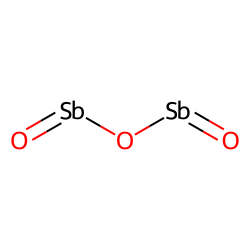
CAS No. : 1309-64-4
Category : Inorganic compound
Sub-Category : Flame retardants
Description: Antimony trioxide (Sb2O3) is an inorganic compound commonly used as a flame retardant and as a catal...
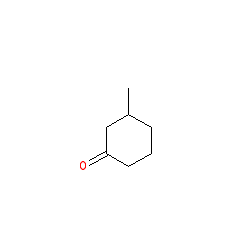
CAS No. : 36306-87-3
Category : Fragrance Ingredients
Sub-Category : Aroma Chemicals
Description: Kephalis is widley used in many industries. It plays a key role in the production of resins, coating...
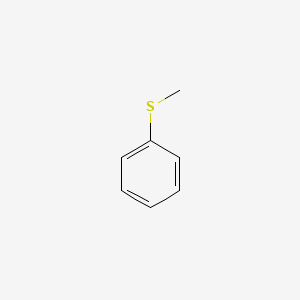
CAS No. : 100-68-5
Category : Pharmaceutical Actives & Precursors
Sub-Category : Intermediates & Precursors
Description: Thioanisole is a colorless to light yellow liquid with an aromatic odor. It serves as a valuable int...
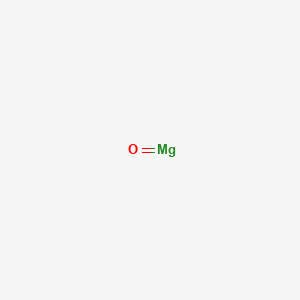
CAS No. : 1309-48-4
Category : Inorganic compound
Sub-Category : Magnesium compounds
Description: Magnesium oxide, commonly known as magnesia, is a white hygroscopic solid mineral that occurs natura...
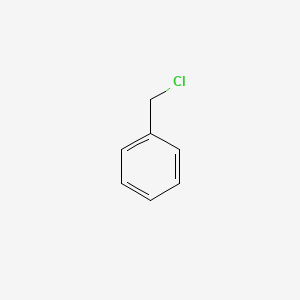
CAS No. : 100-44-7
Category : Organic Intermediate
Sub-Category : Reagents
Description: Benzyl Chloride is a colorless to pale yellow liquid with a pungent odor. It is primarily used as an...